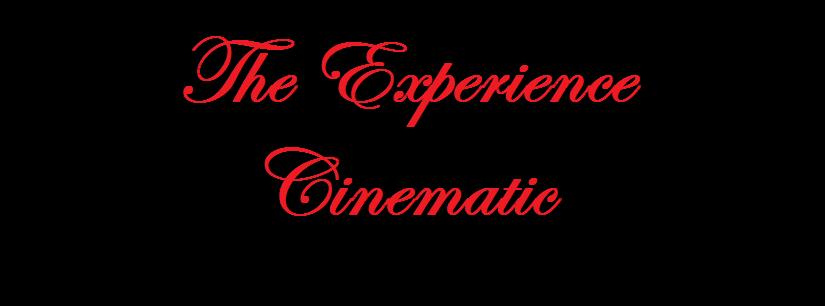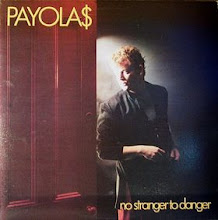Thursday, November 12, 2009
Harold and Maude (Ashby 1971)
It’s great when you get to see a film that you haven’t seen in years without planning it. Hal Ashby’s Harold and Maude was that film this past weekend, and it’s hard to believe that I have gone this long without seeing it again. Coming at the height of the New Hollywood Cinema, Harold and Maude is not only a film which addresses the youth movement and political zeitgeist of the time, but works to subvert the earlier youth rebellion films that preceded it.
Given the time period the film came out of, such subversion is necessary. After 1969 and the Altamont Free Concert, the counter culture movement of the 1960s was, to say the least, in disarray. Disillusionment was starting to set it, and the future was looking bleak. This sense of frustration and fear is at the heart of Harold and Maude. The film follows Harold (But Cort), a young man from a wealthy family who lacks direction in his life. Obsessed with death, Harold drives around in a hearse and attends funerals, and repeatedly fakes his suicide. At one of the funerals he attends, he meets Maude (Ruth Gordon), and elderly woman whose youthful approach to life drags him into her world, and into a relationship that is quite surprising.
While much has been written about Harold and Maude as a romance and as a black comedy, at its core, the film is a survivor’s tale, though not in the traditional sense. There is no mass horror or victimisation that has happened to Harold. Harold, in fact, is the beneficiary of a wealthy background and privilege, not even seeming to possess a job.
Yet images of death and suffering abound the film. Beyond the funerals and Harold’s fake suicides, there is Harold’s uncle, a military man missing an arm; a tree that, as Maude explains, is suffering in being surrounded by the pollution of the city; Harold’s dates are organized by a computer, removing all sense of life from the dates before they even happen; even the absence of any mention of Harold’s father is reflective of death in his lack of any seeming impression upon his son. Death is understood less in literal terms as the absence of life and instead becomes metaphorical: death as the absence of living.
Perhaps the most beautiful illustration of this point is a small, fleeting moment in the film about half way through when Harold is talking to Maude and notices something on her arm: a concentration camp tattoo. While such a detail in most films would be a major point for a character, it is only a small part of a richer tapestry here, and the very lack of focus becomes even more important as a statement than any speech would have. Both Maude and the film itself refuse to allow the acts of horror to take center stage and dominate the text and dictate the course of events. This is not to say they are ignored, only that they are not what define the character of the film. Death becomes something controllable, containable, and thus becomes an extension of life itself.
On a level of cinematic skill, Hal Ashby’s work as director is magnificent. Along with drawing out the best performance of both lead actors’ respective careers, each scene is a master’s study in cinematic craft. Each scene is meticulously framed, shot and edited, full of detail and managing to visually tell a story that, on paper, must have mostly seemed to be a dialogue driven effort. The style seems oddly familiar to Wes Anderson’s work, with a grittier, real looking aesthetic to offset the more surreal elements of the film. A comparison between these filmmakers is one I will leave at the moment to a more ambitious critic at the moment, but it will make for facinating reading.
Of course, I couldn't’ finish this review without mentioning the music of Cat Stevens. While it occasionally seems a bit too on the nose in some scenes, the music often perfectly captures the youthful spirit and joy of the subject matter. It is unsurprising that many of these songs have become part of the public consciousness since the film’s release, and it makes one wish Cat Stevens (or Yusuf Islam as he is now known) would produce just one more album in the style of his old work.
When all is said and done, I cannot recommend Harold and Maude enough for viewers. Rent it, buy it, whatever, and catch one of the best films to encapsulate and era.
Stay tuned next month, when I will review perhaps Hal Ashby's main masterpiece, 1979's Being There.
Subscribe to:
Post Comments (Atom)


I love Harold and Maude :)
ReplyDelete